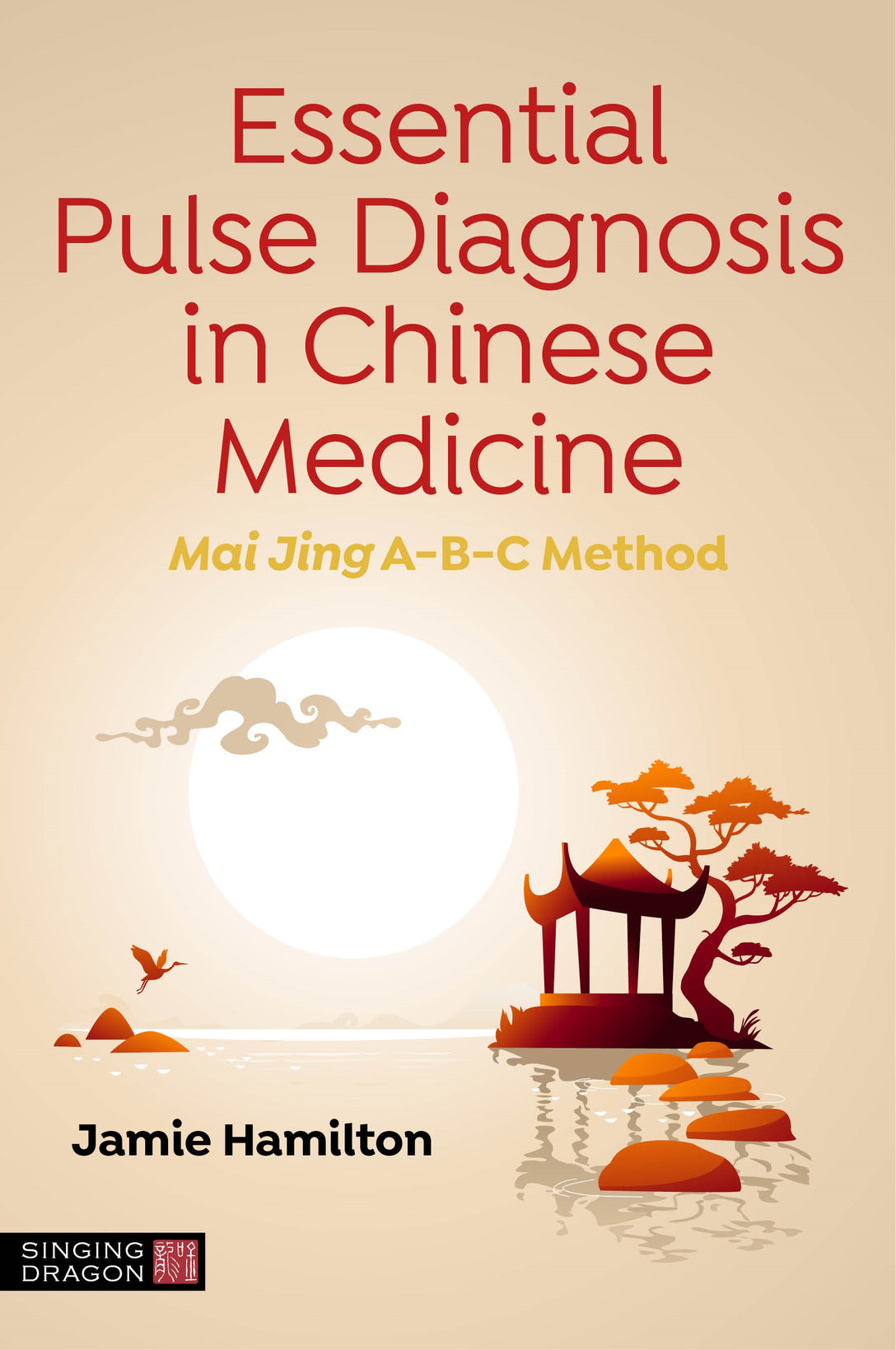
Press Reviews
Dr. Jason D. Robertson, DAHM, Seattle Institute of East Asian Medicine
A great book is one that allows us to see with fresh eyes something which is close at hand. In this wonderfully researched text, Jamie Hamilton points us all in a direction we may have long known but not followed. After working for decades in the clinic and carefully checking pulses on all patients, I had long noticed that I was feeling changes for which I had no clear name or method for weaving into my diagnosis. By taking me from the beginnings of pulse diagnosis in classical sources and building a logical and methodical system, I have gained a greater vocabulary with which to describe what I already felt. However, in his new translations and innovative clinical applications of classical texts, I have had the even more exciting realization that I still have so much to learn. Jamie draws not only from his classical research but also mines his exposure to multiple modern methodologies to produce an elegant and workable pulse technique which is explained with clear diagrams and fascinating case studies. For the busy clinician, he even proposes quick and simple charting techniques which will eventually give rise to a new visual language for practitioners to share clinical insights. This is the book on pulse I have been waiting for.
Jonathan Shubs – Ac. Dipl. Author of Sun’s Season of Channels
Clear, concise, practical, and approachable. This is what Hamilton has done for pulses in this book. Taking from his clinical as well as theoretical experience, Hamilton has created a step-by-step system that allows new practitioners to gain confidence in their diagnostic abilities and permits experience practitioners to refine and add nuance to their diagnostics. For anyone who uses pulse taking in their clinic, this should be the first book they go to.
Catriona Jennings BSc (Hons) Acupuncture. BAcC. BVMS
This is a book that will deepen understanding and increase practical skills in pulse taking. With a special interest in pulse taking, Jamie researched classic texts and then used these findings in his clinic to devise a simple step by step approach to what is a complex subject. The method is a well thought out and easy to follow. Clear diagrams illustrate the different stages and the conversational style of writing makes this book a pleasure to read. The easy to read style of writing contrasts nicely with the quotes from classic texts. Jamie's skill as a teacher comes through in the book. The method is presented in a logical and systematic manner so that a thorough understanding of the basics can developed and practiced.
Paula Macklin Creasy Lic.Ac. Dip.China M.T.Ac.S
It is so user friendly, beautifully clear and well explained with just the right balance of history/back ground philosophy , case studies and diagrams to keep the reader really engaged and feeing as if each page is a great learning experience. Key for me is the sense of clinical relevance - after reading each chapter I just wanted to rush back into clinic to put the knowledge in to practice immediately. This book should be essential reading for all students as well as those more experienced practitioners.

